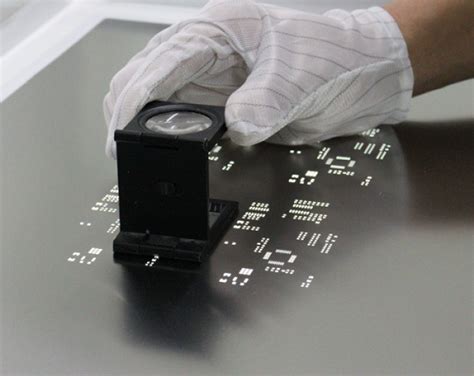
RF & Microwave Blog
-
SMT stencil and Laser Stencil
Posted by
–
 Read more: SMT stencil and Laser Stencil
Read more: SMT stencil and Laser StencilIntroduction to SMT-LaserStencil Surface Mount Technology (SMT) has revolutionized the electronics manufacturing industry by enabling the production of smaller, lighter, and more efficient electronic devices. One of the critical components in the SMT assembly process is the stencil, which is used to apply solder paste onto the printed circuit board […]
-
12 cells Lipo Monitor and Balancer
Posted by
–
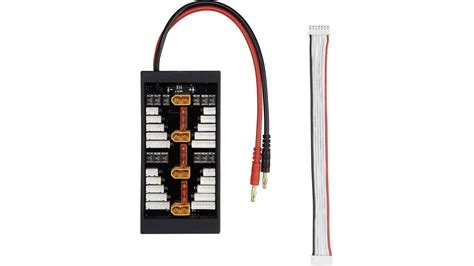 Read more: 12 cells Lipo Monitor and Balancer
Read more: 12 cells Lipo Monitor and BalancerIntroduction to LipoBalancer A LipoBalancer, also known as a Lithium Polymer (LiPo) battery balancer, is an essential device for anyone who uses multi-cell LiPo batteries in their projects or hobbies. LiPo batteries are popular due to their high energy density, lightweight, and ability to deliver high discharge rates. However, to […]
-
DDR2 800 for PCB signal integrity design and DDR
Posted by
–
 Read more: DDR2 800 for PCB signal integrity design and DDR
Read more: DDR2 800 for PCB signal integrity design and DDRIntroduction to DDR2 and PCB Design Considerations DDR2 (Double Data Rate 2) is a type of synchronous dynamic random-access memory (SDRAM) that has been widely used in computer systems since its introduction in 2003. DDR2 operates at higher frequencies and offers improved performance compared to its predecessor, DDR. When designing […]
-
How to Protect the PCBs
Posted by
–
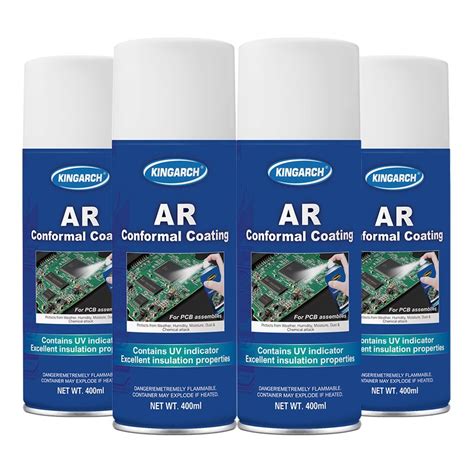 Read more: How to Protect the PCBs
Read more: How to Protect the PCBsUnderstanding PCB Protection and Its Importance Printed Circuit Boards (PCBs) are the backbone of modern electronic devices. They are used in a wide range of applications, from consumer electronics to industrial equipment and aerospace systems. However, PCBs are susceptible to various environmental factors that can cause damage and affect their […]
-
The first PCB manufacturer to fabricate the board with conformal coating in China RAYPCB
Posted by
–
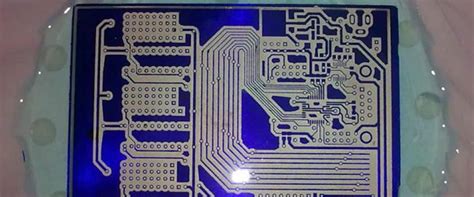 Read more: The first PCB manufacturer to fabricate the board with conformal coating in China RAYPCB
Read more: The first PCB manufacturer to fabricate the board with conformal coating in China RAYPCBIntroduction to RAYPCB RAYPCB is a leading PCB manufacturer based in China, known for its innovative solutions and high-quality products. As the first company to offer conformal coating services for PCBs in China, RAYPCB has revolutionized the industry and set new standards for protection and reliability. What is Conformal Coating? […]
-
PersonalShare?UserNo=A
Posted by
–
 Read more: PersonalShare?UserNo=A
Read more: PersonalShare?UserNo=AWhat is PersonalShare? PersonalShare is a revolutionary new platform that allows users to securely store and share their personal data with trusted parties. With PersonalShare, users have complete control over their data and can choose exactly who has access to it and for how long. Key Features of PersonalShare Secure […]
-
Holiday Notice of National Day
Posted by
–
 Read more: Holiday Notice of National Day
Read more: Holiday Notice of National DayCelebrating the Spirit of Unity and Patriotism The National Day is a significant occasion for every nation, as it marks the anniversary of its independence or the formation of its government. It is a day to celebrate the country’s history, culture, and achievements, and to reflect on the challenges and […]
-
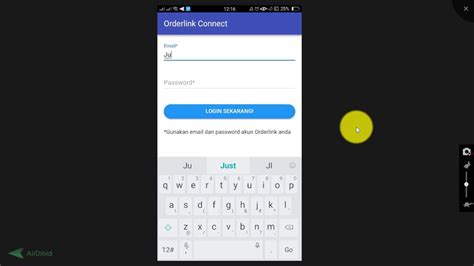 Read more: How to get the link of the order for half of the payment
Read more: How to get the link of the order for half of the paymentWhat is an Order Link? An order link is a unique URL that is generated when a customer places an order on an e-commerce website. This link contains all the details of the order, including the products purchased, the quantity, the price, and the shipping information. The order link is […]
-
Regal ABS serial data circuit diagram and table
Posted by
–
 Read more: Regal ABS serial data circuit diagram and table
Read more: Regal ABS serial data circuit diagram and tableIntroduction to the Regal ABS System The Regal ABS (Anti-lock Braking System) is an advanced vehicle safety feature designed to prevent the wheels from locking up during sudden or hard braking. By maintaining traction between the tires and the road surface, ABS helps drivers maintain steering control and reduces stopping […]
-
Automated Optical Inspection AOI
Posted by
–
 Read more: Automated Optical Inspection AOI
Read more: Automated Optical Inspection AOIHow AOI Systems Work AOI systems typically consist of several key components, including: Cameras: High-resolution digital cameras capture images of the inspected objects from various angles. These cameras may use different lighting techniques, such as bright field, dark field, or structured light, to enhance image quality and highlight specific features. […]
Recent Posts
- How to Select Material for Your PCBs from Cost and Reliability Considerations
- Problems of EMC Technology Application in PCB Design of Electronic Devices and the Strategies
- Fabrication Technology on Flex-Rigid PCB Window
- Problems of High-Frequency and High-Speed Multilayer PCB Fabrication and Their Solutions
- Key Difficulties and Tips for Backplane PCB Fabrication